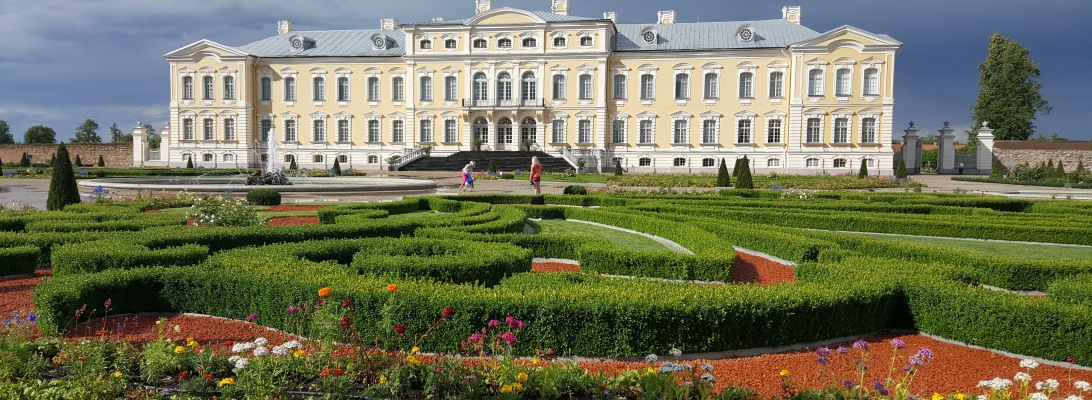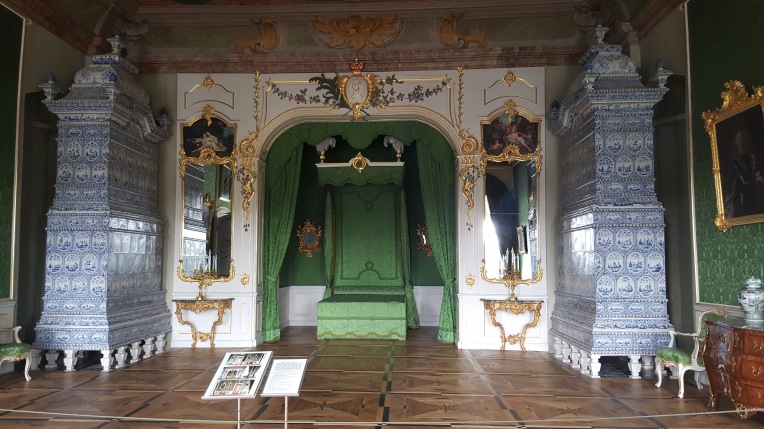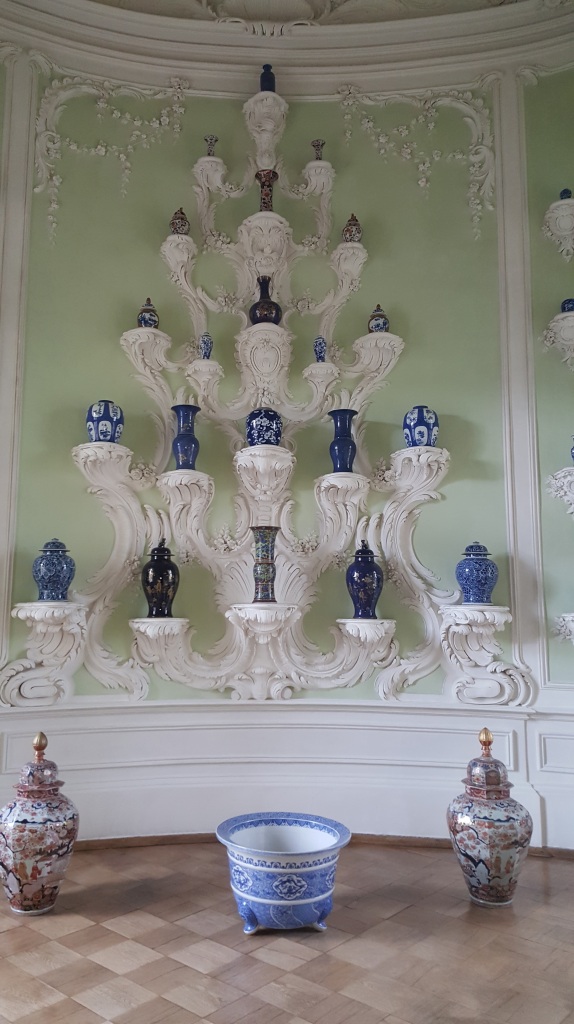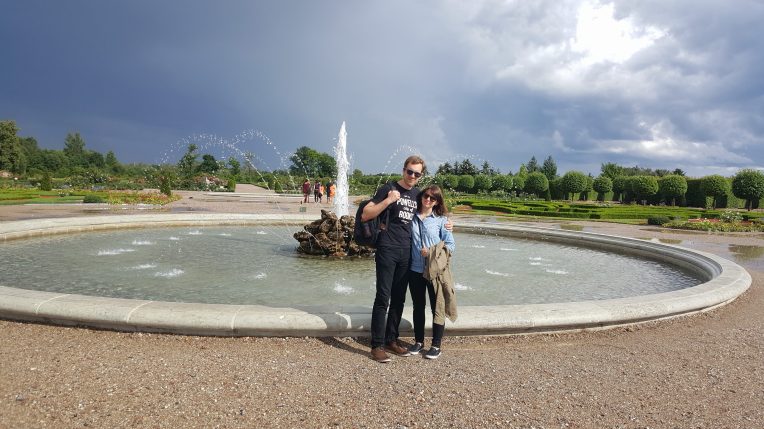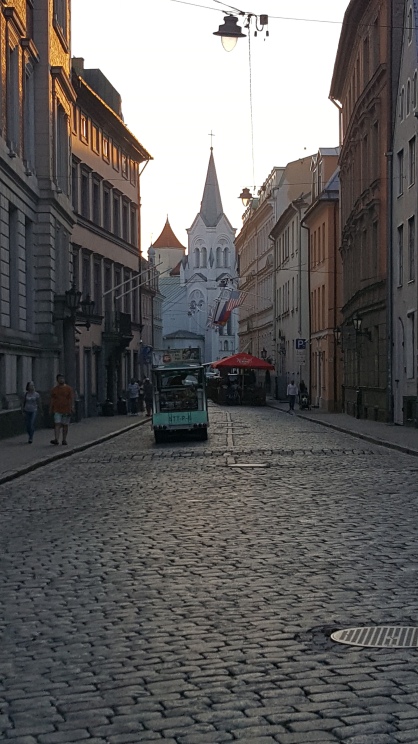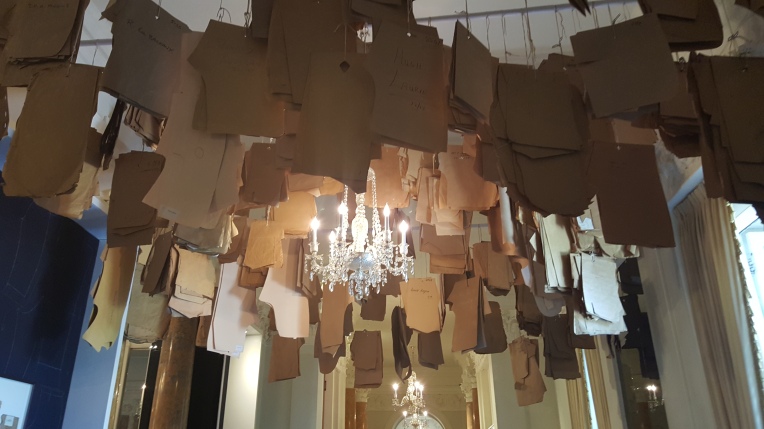It’s officially September, which means summer is nearly over. But, while the weather is still hot — take advantage of those last lazy days when you need to stay inside in order to beat the heat. Here are three summer movies to help you escape the hot weather to adventures in far off lands.
L’Auberge Espagnole
L’Auberge Espagnole or The Spanish Apartment is a film anyone who studied abroad can relate to. The film follows Xavier (Romain Duris), a French economics student who goes to study in Barcelona for a year with the hopes of impressing a financial firm he wishes to work for upon graduation. Leaving behind his quirky girlfriend (played by Audrey Tautou), Xavier finds himself living in a flat with seven other people from countries all over Europe. Despite their different languages and backgrounds, the housemates bond over their misadventures and excitement of life in Barcelona. These events include watching Xavier learn to “speak like a true Spaniard,” embark on an affair with a married woman and ultimately discover his passion for writing. The film is full of nostalgia and the impressive sights of Barcelona. In true international fashion, L’Auberge Espagnole incorporates French, Spanish, Catalan and English throughout the dialogue of the film. This film is also currently available on Netflix so take advantage while you can!
Copenhagen
The Danish capital makes an impressive backdrop for this coming of age story and plays as major of a role in the film as any of its characters. William (Gethin Anthony), a jaded 28-year-old New Yorker is drinking and sleeping his way through Europe until he makes his way to Copenhagen. As an immature and mean-spirited man, William proves at first to be an unsympathetic character, who goes to Copenhagen to deliver a letter from his deceased father to the grandfather that abandoned the family decades before. To guide him in his search for his grandfather, William enlists the help of Effy a local who works at the hotel he is staying. As the story unravels Effy and William begin to fall for each other with Effy seeming to have a stabilizing influence on William. But, the audience soon learns that the relationship would be impossible. Copenhagen is a modern story that shows us in a new way when it is time to grow up. The film is different than anything else I have seen before and one of the best movies I have seen in a long time.
Stealing Beauty
Please excuse the cheesy twenty-year-old movie trailer!
When I was 19 years-old there were two movies that made me want to see Italy more than anything — Under the Tuscan Sun and Stealing Beauty. Directed by Bernardo Bertolucci and starring Liv Tyler, Stealing Beauty is set in a villa in the hills of Siena.The movie follows Lucy Harmon who goes to Italy to have her portrait done by an old family friend, following the suicide of her mother. Lucy’s arrival sparks intrigue among the villa’s ex-pat residents whom were all old friends of her mother and who live in this secluded part of the Tuscan countryside. In a case of art imitating life, Lucy also seeks to learn who her biological father is after finding a poem her mother had written about Lucy’s conception after visiting the same villa twenty years earlier. The movies colorful character as well as the breathtaking Italian countryside create an incredible setting as Lucy seeks to discover the truth about her parentage and her own ideas of love.


